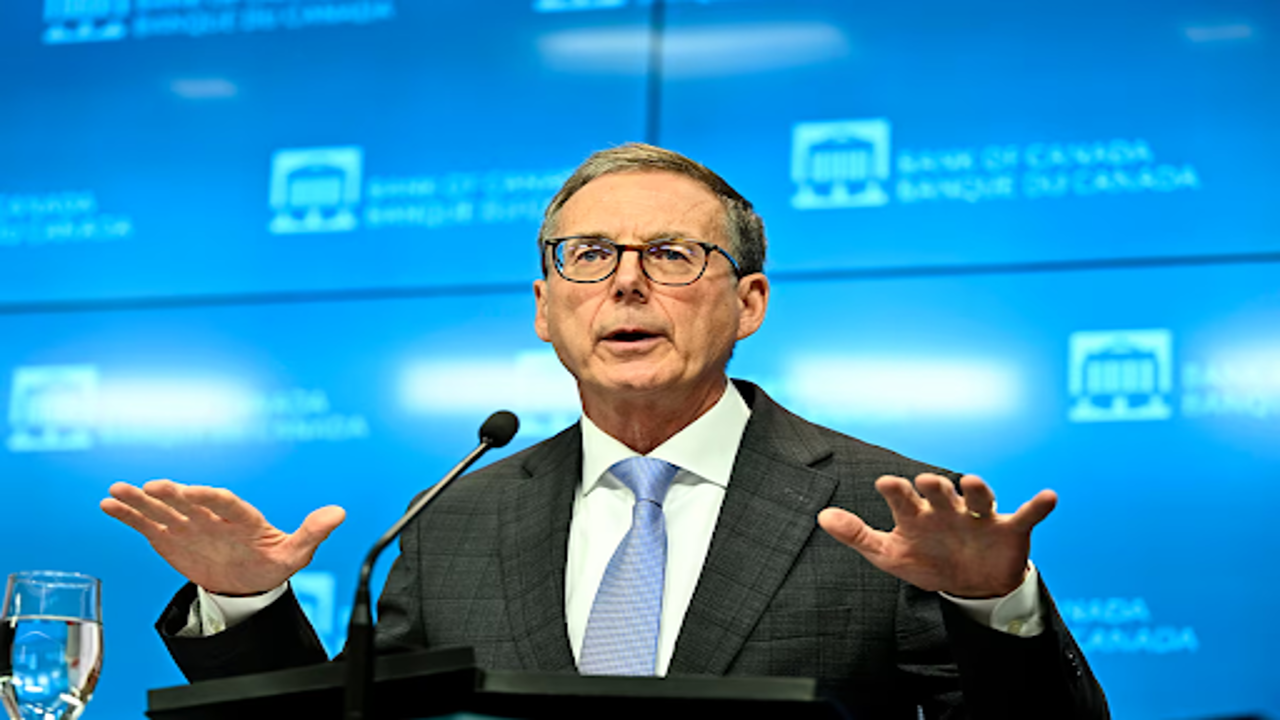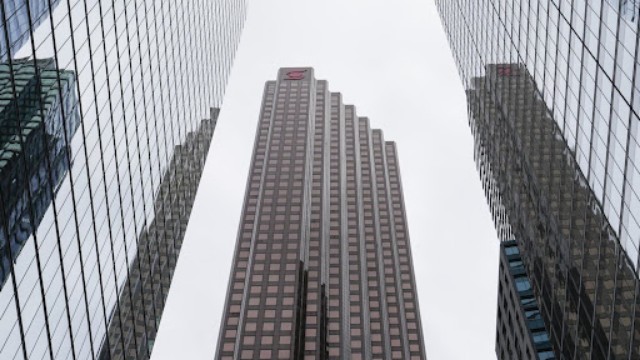
In July, Bank of Canada Governor Tiff Macklem stated that the central bank's leadership was focusing more on potential economic risks when making decisions.
The Bank of Canada is widely expected to lower interest rates again this Wednesday, marking the third rate cut in a row. Most experts anticipate a quarter-percentage-point reduction, bringing the key rate to 4.25%, with further cuts projected throughout 2024 and 2025. These moves are intended to alleviate rising borrowing costs and address Canada's softening economy.
Economic indicators suggest that the Bank of Canada's strategy is aligning with market expectations. Inflation is nearing the central bank's 2% target, and unemployment has been rising, reaching 6.4% – a significant increase from the historic low it hit two summers ago. Additionally, consumer spending is weakening, further justifying lower interest rates.
As Canada's central bank pursues these reductions, the U.S. Federal Reserve is also preparing to begin its rate-cutting cycle. This synchronized action across both nations’ central banks has eased concerns about Canada diverging from U.S. monetary policy.
Despite the anticipated rate cut, financial experts are focusing on future steps by the Bank of Canada. Questions remain about the pace and size of upcoming rate reductions, with some analysts speculating that larger cuts may be necessary to stimulate economic growth.
Benjamin Reitzes, a macro strategist at the Bank of Montreal, noted that current rates should be lower and that the Bank of Canada is gradually moving toward that goal. At the last rate announcement in July, Bank of Canada Governor Tiff Macklem highlighted the increased focus on "downside risks" during policy discussions, reinforcing expectations that rate cuts will continue.
Market data suggest that the central bank may reduce rates by up to six times by the middle of next year, possibly bringing the key interest rate down to 3%. Investors also predict that the Federal Reserve will start cutting rates in September, a view supported by Fed Chair Jerome Powell's recent comments at the Jackson Hole conference, where he emphasized the need for policy adjustments.
Canada's economy has been showing signs of strain for several quarters. High borrowing costs have dampened demand from both consumers and businesses. However, despite these challenges, Canada has managed to avoid an outright economic downturn. The country's strong population growth has bolstered overall economic figures, though this has masked a decline in GDP per capita, a key indicator of living standards.
Royce Mendes, head of macro strategy at Desjardins Securities, commented that inflation is no longer the central concern, with more attention now shifting to the labour market and economic growth.
The Bank of Canada expects the economy to pick up in the second half of the year and continue improving through 2025 and 2026, driven by lower interest rates. However, mortgage renewals pose a significant risk to this outlook. Many homeowners will be renewing their mortgages at much higher rates than in 2020 and 2021, which could lead to increased financial strain.
Desjardins strategist Royce Mendes believes the Bank of Canada must continue cutting rates to mitigate this risk, especially with a wave of mortgage renewals expected in April 2025. If the labour market weakens further and other central banks also ease their monetary policies, Mendes suggests that the Bank of Canada could opt for more aggressive rate cuts, potentially exceeding the typical quarter-percentage-point reductions.















